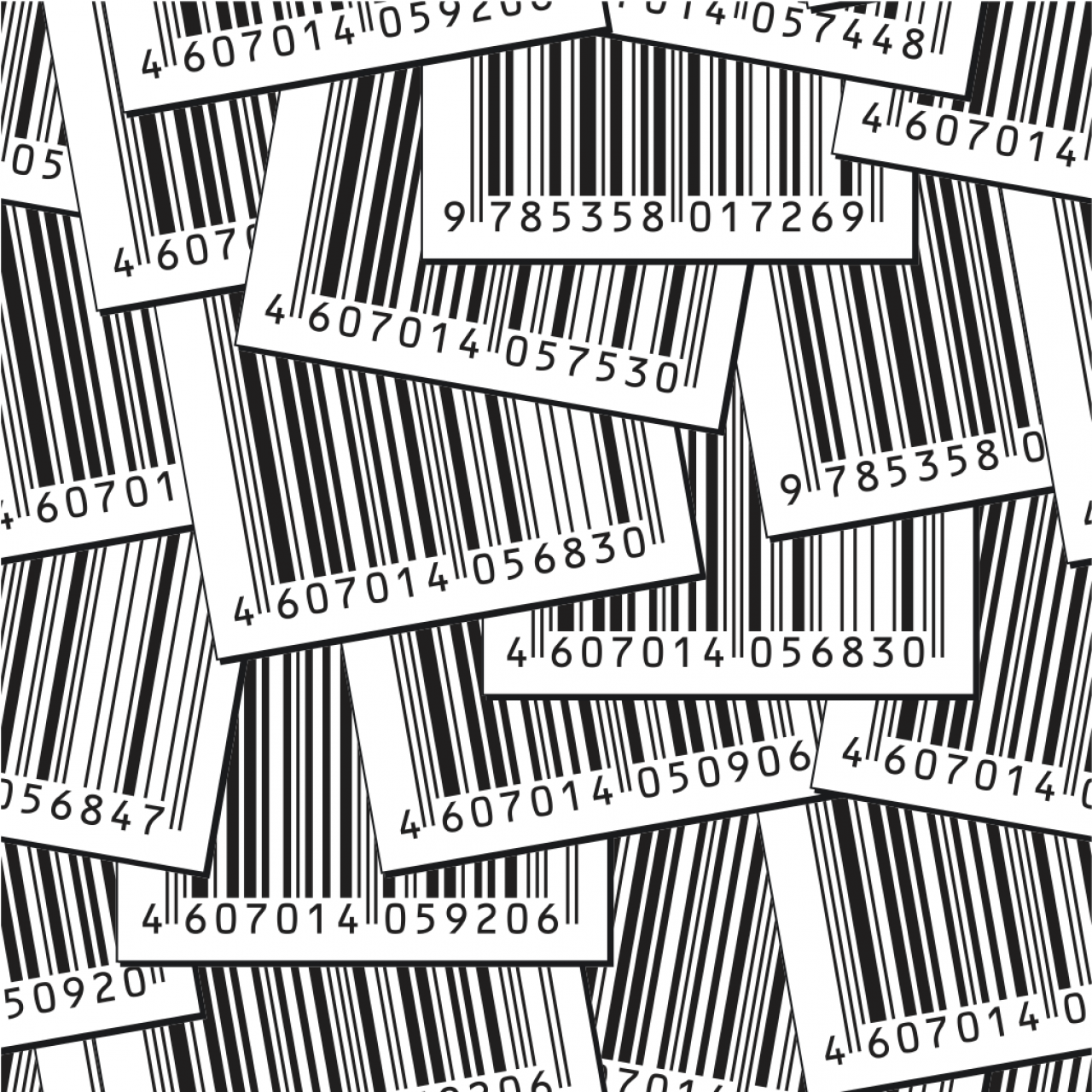How Shopping Changed Forever
40 years ago today, shopping was changed forever when an Ohio grocery store used UPC technology to scan items for the first time.
Forty years ago today, shopping changed in a way you might not expect. At 8:01 a.m. at the Marsh Supermarket in Troy, Ohio, a shopper named Clyde Dawson made his way to the checkout stand with a shopping cart full of groceries. The first item scanned? A 10-pack of Wrigley's Juicy Fruit chewing gum. Those packs of gum are now on display at the Smithsonian in Washington D.C.
Why? Chewing gum? Juicy Fruit, really? What's the significance?
The first item scanned...
That morning, in that Marsh Supermarket, was the first time that a grocery store employed a UPC (Universal Product Code) to associate specific prices with specific items, and then used a UPC scanner to communicate that information to the cash register. That 10-pack of Juicy Fruit is significant because it was the first item with a UPC ever successfully scanned and purchased. It rang up at 67 cents.
Today UPC symbols are used for just about every product we can purchase, grocery or otherwise. Last week a couple of good friends who are getting married soon went to Target to register for their wedding. A Target employee gave them a handheld scanner, and they went around the store using it to scan the UPC symbols on various items they would like to receive as gifts for their new home together: bath towels, a vacuum cleaner, and Xbox One video games (he wanted those more than she did). By simply scanning the codes of each product, the necessary informationtem, description, pricessociated with it is added to the bride and groom's registry in the blink of an eye. Can you imagine?
Forty years ago, individual items had to be rung up, with items notated and prices entered manually into the register by the cashier. Today things are quick and smooth, with the cashier simply scanning the UPC symbol on cereal boxes, shoe boxes, mailboxeshatever we decide to purchase.
A UPC barcode is made up of a series of lines and numbers. The lines are placed in a particular pattern to allow for items to be classified in multiple ways. The inventor of the barcode, Norman Joseph Woodland, was inspired by his Boy Scout experience with Morse code. His first ideas for barcodes, created and patented in the 1950s, were actually shaped like a bullseye; he and his partner would sell their patent to a company called Philco for $15,000 a few years later, the only profit they would make from their technology.

It wasn't until the advent of laser-scanning technology in the 1970s that they were able to be implemented on a broader scale. The 1970s version of the UPC barcodehe stark black and white label we know todayas created by IBM engineer George J. Laurer, who started with Woodland's initial creation and also consulted Woodland throughout the development process. It would be Laurer's more standardized barcode that Wrigley printed on the packaging of its Juicy Fruit gum, one of the very first products to do so.
Today UPC barcodes are controlled by a non-profit agency, GS1, which helps large and small businesses around the world use the same language to communicate. This cool video explains the mission of GS1 really well:
Scanning items in the grocery store. It's a simple task that I've taken for granted nearly all my life. Currently, more that five billion UPC barcodes are scanned every day. Sometimes technology and its usefulness just sneaks up on us in the most intriguing ways, don't you think?

 Member Connect
Member Connect